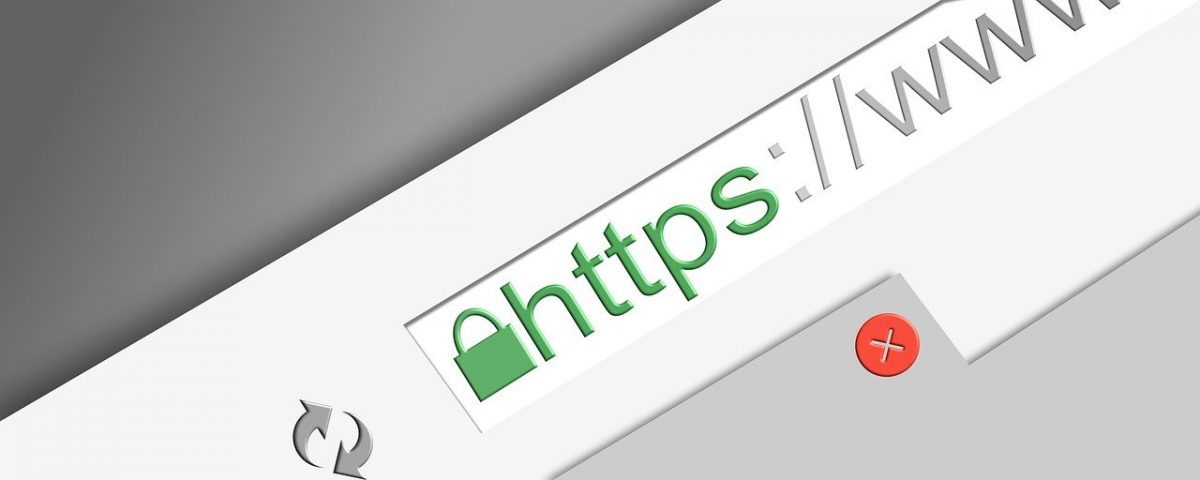
TLS/SSL certificates are used to authenticate servers (mostly Web) and encrypt traffic between websites and users. Thus, they ensure the integrity of the data exchanged and prevent data spying. The digitalization of the company and the world in general, as well as the browsers’ desire to impose HTTPS:// by default, have multiplied exponentially the need for certificates.
To meet these growing needs, the wildcard certificate (*.domainname.com) is increasingly being considered by companies. While it has some advantages, particularly in terms of costs reduction and flexibility, it is important to be aware of the disadvantages in order to choose the right certificate wisely. A brief overview of the wildcard certificate.
What is a wildcard certificate?
A standard TLS certificate secures an explicit host name (CN for Common Name or FQDN for Fully Qualified Domain Name) defined in its metadata. For example, Google holds a certificate for mail.google.com.
- This certificate is only valid for: https://mail.google.com/
- It cannot be used for: https://google.com/ – https://images.google.com/ – https://my.mail.google.com/
In other words, the host name must be an exact match. If you try to use this certificate on https://my.mail.google.com/ you will get a certificate error from your browser.
A TLS wildcard certificate is different. As its name implies, it uses a generic match rather than an exact match. This generic match is represented by “*” in the CN and covers all subdomains of the same level. Example with the *.google.com certificate.
- This certificate is valid for: https://mail.google.com/ AND https://images.google.com/ as well as all possible subdomains of google.com.
- It cannot be used for: https://google.com/ (without subdomain) or https://my.mail.google.com/ (the subdomain level is not the same).
The practical side of the wildcard certificate?
In some situations, the wildcard certificate is very useful. A host that proposes websites for different clients, hosted on a shared server, and accessible through different subdomains… client1.mysite.com, client2.mysite.com, client3… It is less practical, technically more complicated and de facto more expensive to ask for a new certificate for each client that registers; the simplest option is a wildcard certificate for *.mysite.com, a unique certificate that will cover all clients. The case is identical for a company that wishes to access its websites through FQDN derived from the same domain and hosted on the same web server, *.mycompany.com. So far, everything is okay.
But then, what is the risk?
In the cases above, all sites are hosted on a single server. In large companies, or for major websites, hosting is often more complex and on different servers. Let’s take again our example of Google with images.google.com and mail.google.com, these two applications are linked to different services of the company, hosted on different servers and managed by different technical teams. This kind of organization is extremely frequent in the company. And this is where the security of wildcard certificates stops.
The problem with wildcard certificates, and to a lesser extent with certificates containing multiple entries (the famous SAN, Subject Alternative Names), comes from the fact that they are deployed on several servers. Indeed, to ensure the security of a TLS/SSL certificate, it is absolutely necessary to protect the private key associated with the certificate. Ideally, it should be stored in a vault or in a HSM. When a certificate is installed on several servers, the associated private keys circulate, increasing the exposure to the risk of compromise.
Case of a compromised certificate
In case of a compromised certificate, or an error on the certificate (renewal problem), it is recommended to intervene quickly to limit the damage caused. Application for a new certificate (or renewal), installation of the new certificate and, if necessary, revocation of the compromised certificate.
In our example of creating websites on a single server, this is not a problem. We have only one server, it has been compromised, the stolen/expired/compromised certificate only works for this one server; we have limited the damage as much as possible.
In a “several servers” scenario, if the certificate of only one of the servers is affected, it becomes compromised on all of the servers, which will have consequences on all of them and require a much wider intervention to repair the damage, most often in an emergency, and assuming that all of the affected servers are identified. Indeed, it is not uncommon for the certificate to circulate within several teams and to be installed without being listed on a certain number of servers. The impact can be important.
Taking our example of Google. Let’s imagine that only the images.google.com server has been hacked and that mail.google.com has not been affected. The certificate for images.google.com being a wildcard certificate for *.google.com which is common to mail.google.com, the cyber-attacker having compromised the images service has by rebound usurped the identity of the mail.google.com server and can intercept the traffic of the mail service while this server has never been hacked!
Good practice: one TLS/SSL certificate per server…
In our last example, if we were to have two certificates instead of one, with each server having only access to its own certificate, we would have limited the risk. In an ideal world, each certificate should only be used for one server (or a homogeneous cluster of servers). Different services on different servers should have their own certificates, generally not wildcard certificates.
A wildcard can be used if you have a lot of host names, of subdomain type, pointing to the same service on the same server. Be careful however that this generic certificate does not also cover host names pointing to other servers, in which case each service should have its own certificates.
Lastly, if you have a few host names pointing to single servers and everything else on a single service, then it is better to disassociate the host names. For example, you may have a certificate for login.mysite.com and a (wildcard) certificate for *.clients.mysite.com. On this last example, if the number of clients is fixed or clearly defined, it is better to go for a certificate with a precise SAN list, to better control secure host names and not allow the httpS:// on uncontrolled host names.
Conclusion
The option of a wildcard certificate exists and it is a good thing for some very specific needs. But in practice, there should never be a need to install a wildcard certificate, nor should the same certificate be installed on different servers not built in cluster.

